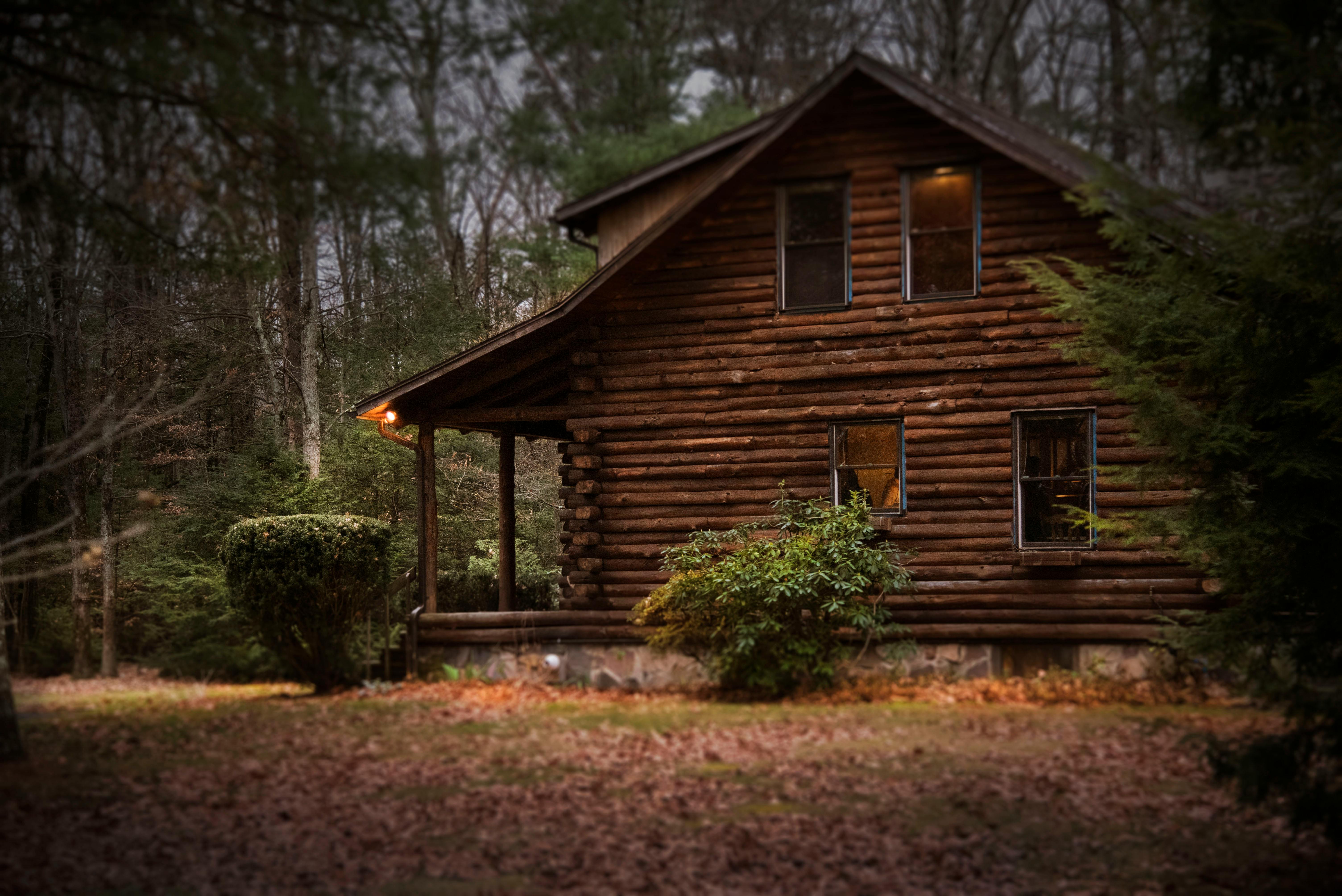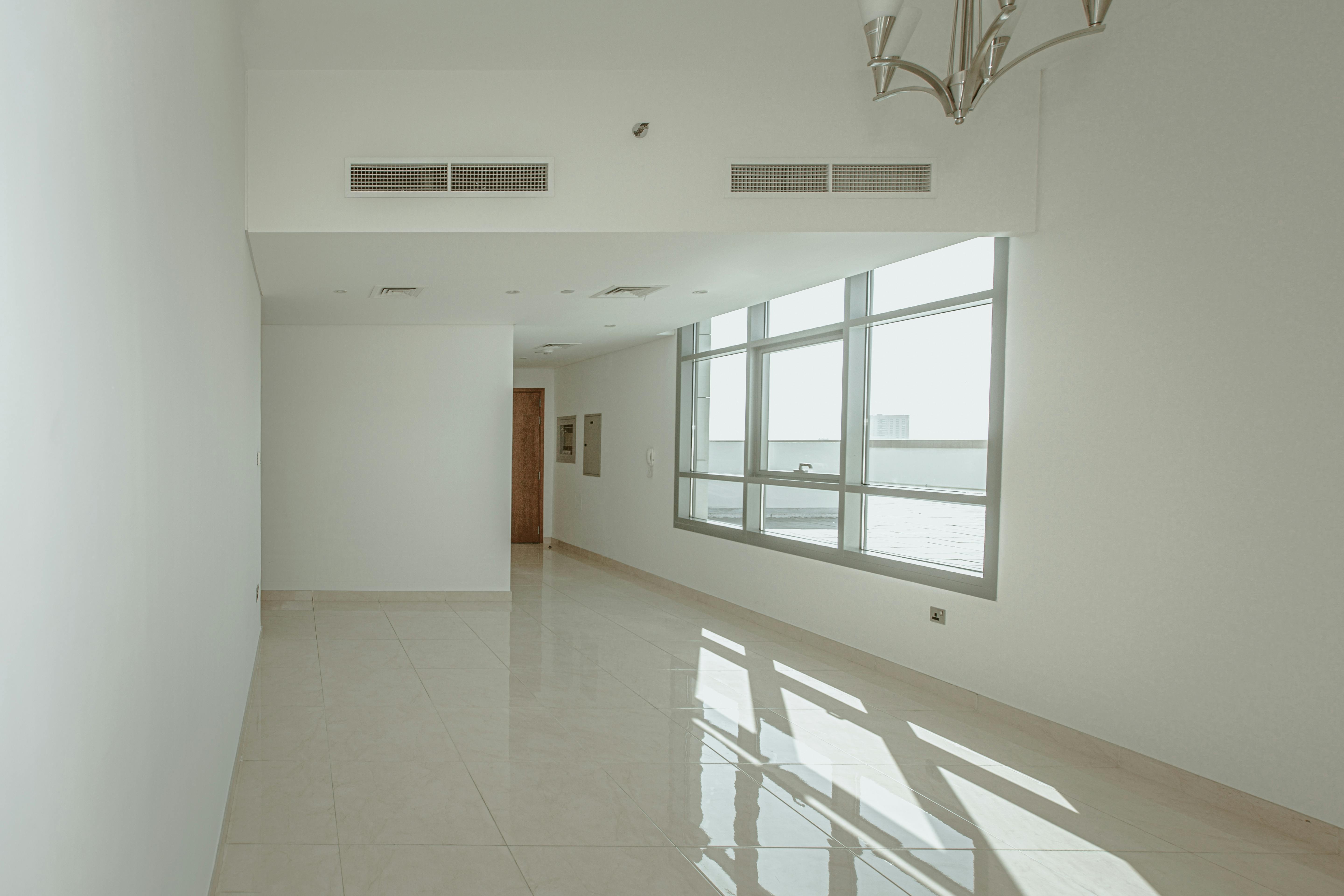
The recent slowdown in the housing market is causing many homeowners to fall behind on their home payments. if you can not sell your house fast and you’re losing your home to foreclosure, you have one last option. Have a professional homebuyer complete a short sale.
A short sale is a process that will allow you to sell your home and become debt free. There are many reasons why I suggest having a professional real estate investor go through the short sale process.
1. The most important reason, this is your last chance to stop foreclosure and a short sale can do it
2. You need someone who is an expert in short selling, not just someone who knows the process. A successful short sale will be a combination of factors, including negotiation with credit loss mitigation staff and filing many documents.
3. Lenders won’t even look at the short sale package until you have a signed and accepted offer on your home.
4. Realtors don’t buy houses and therefore waste valuable time listing your property when that time is critical to the short sale process.
5. Real estate investors buy houses, you get your offer accepted, lenders accept and process your short sale paperwork
6. You must know the benefits and consequences of completing a short sale
7. It’s free for a professional homebuyer to do a short sale, it costs you nothing
In Idaho, your mortgage company will generally allow you 90 days in arrears before filing a notice of delinquency in the Idaho Business Review Magazine or the Idaho Statesman newspaper. This notice of delinquency makes it public record that your house is going into foreclosure.
The foreclosure rate has increased significantly in Ada and Canyon County, Idaho. Most foreclosures in Idaho occur in Boise, Nampa, Meridian, Eagle, Caldwell, and Star. Many boise idaho Residents losing their homes to foreclosure wonder how they can stop foreclosure quickly and move on with their lives. Well, if you need to sell your house fast, contact your local homebuyer and see how they can help. If you don’t have equity in your home, a short sale may be your best option.








